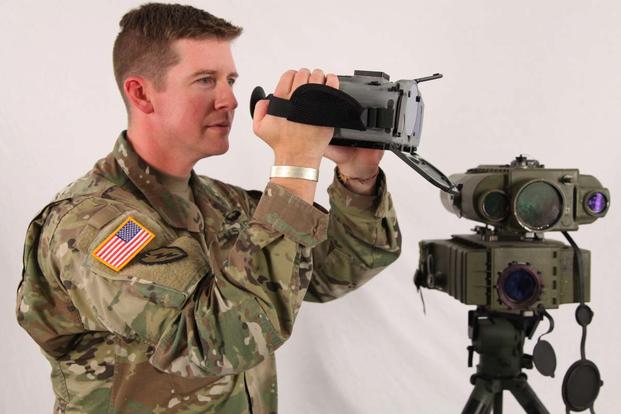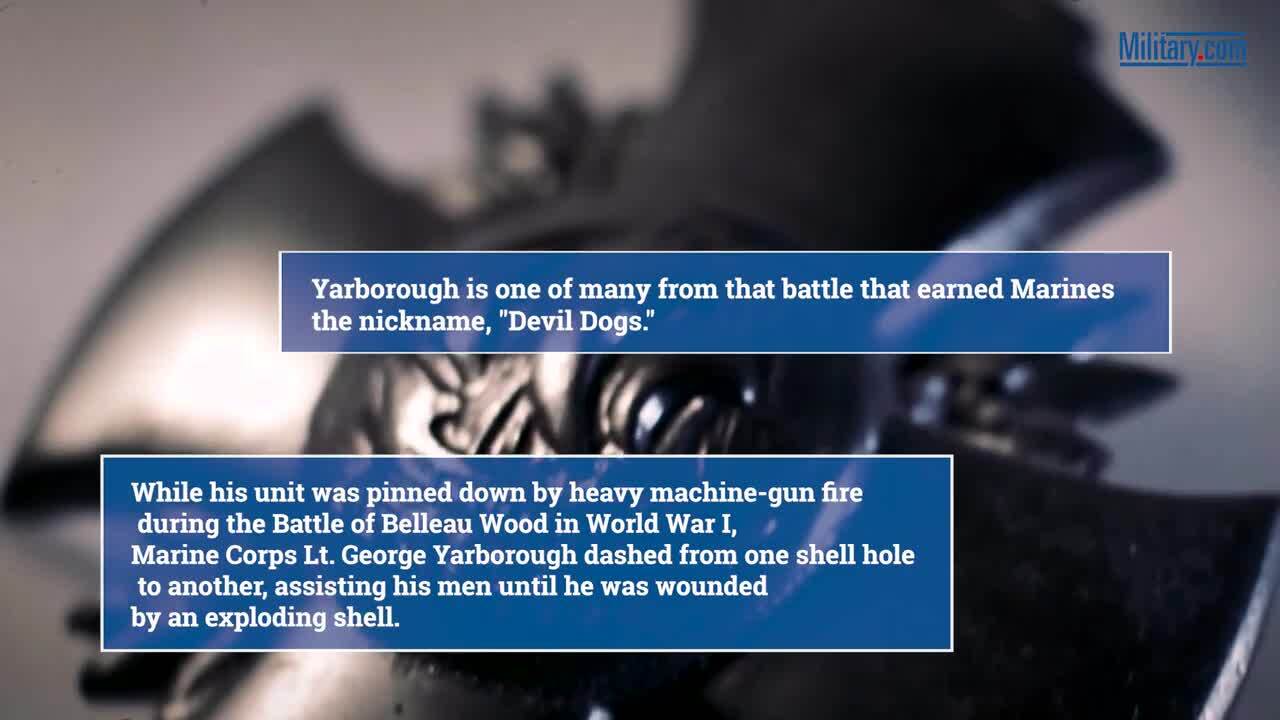U.S. Army forward observers soon will have a new hand-held targeting device that dramatically reduces the time it takes to call in precision-guided munitions on an enemy target.
Program Executive Office Soldier awarded a contract Sept. 22 to DRS Network and Imaging Systems worth about $339 million for the Joint Effects Targeting System, or JETS.
The hand-held system includes a GPS; celestial compass; precision azimuth vertical angle module, or PAVAM; and a laser designator to enable forward observers to accurately identify a target and drop precision-guided munitions such as a Hellfire missile or Excalibur 155mm artillery round to within 10 meters of the target, Maj. Robert J. Heatherly, assistant product manager for JETS, told a groups of reporters Wednesday.
At 17 pounds, JETS is about half the weight of the current Lightweight Laser Designator Rangefinder, which is primarily used in static observation post operations, Heatherly said.
The plan is to begin fielding JETS in 2018 to forward observers in Special Forces and the 75th Ranger Regiment, as well as those in Global Response Force units such as the 82nd Airborne Division.
The key advantage JETS will give forward observers in infantry units is the time it will cut from the current "mensuration" procedure of identifying a target and dropping precision munitions, Heatherly said.
Mensuration is a series of "latency target refinement verification checks and balances" that can in some cases involve several targeting warrant officers using satellite imagery to verify a target before the request goes to the maneuver commander for approval, Heatherly said.
"With the JETS, you don't need to utilize the process of mensuration," he said. "It will give such an accurate, precise grid that it will cut that piece out of the loop. … Currently, it can take up to 20 or 30 minutes."
Using JETS, a forward observer establishes his own location with the GPS. Then, he can use the celestial compass for target location, Heatherly said.
"For day, it will take a shot of the sun, and at night it will take a shot of the star constellation," Heatherly said. "It can tell from where the sun is in the sky and from where the constellations are where North is.
"That is great and all, but if you are under significant cloud cover, if you are under foliage, if you are in a building ... you can't see the sky."
JETS includes a precision azimuth vertical angle module, which has a Hemispheric Resonating Gyroscope that "can tell from the rotation of the Earth where North is, so … you have that ability to get that precision grid out," Heatherly said.
The current Lightweight Laser Designator Rangefinder can provide a precision grid, but doesn't have a PAVAM, so it doesn't work in cloudy weather or conditions where the sky is not visible, Heatherly said.
JETS has a range of 2,500 meters, compared to the LLDR, which goes out to 3,700 meters, he said.
"The way the system will be utilized out there, the forward observers ... will be closer to the fight, so they don't need that greater range," he said. "They need something that can give them that precision targeting capability quickly."
JETS also gives the forward observer the ability to verify the target he has marked with the laser designator.
"When you lase a target … it will display like a picture in picture window … and it will show you what it was that you lased," Heatherly said. "That is vitally important; it gives that FO that assurance that what he is actually shooting at is the actual target that he is trying to engage.
"If you [are] shooting far away, there might be some brush or a tree in the way, so you have to take that shot a few times just so you are actually hitting that building or hitting that vehicle."
Equipment officials maintain that the modular design JETS gives the forward observer greater flexibility to tailor his load to a specific mission.
"And the greatest thing about it is it's a hand-held; it's smaller than anything they have out there right now," Heatherly said.
-- Matthew Cox can be reached at matthew.cox@military.com.
Related Video:






























